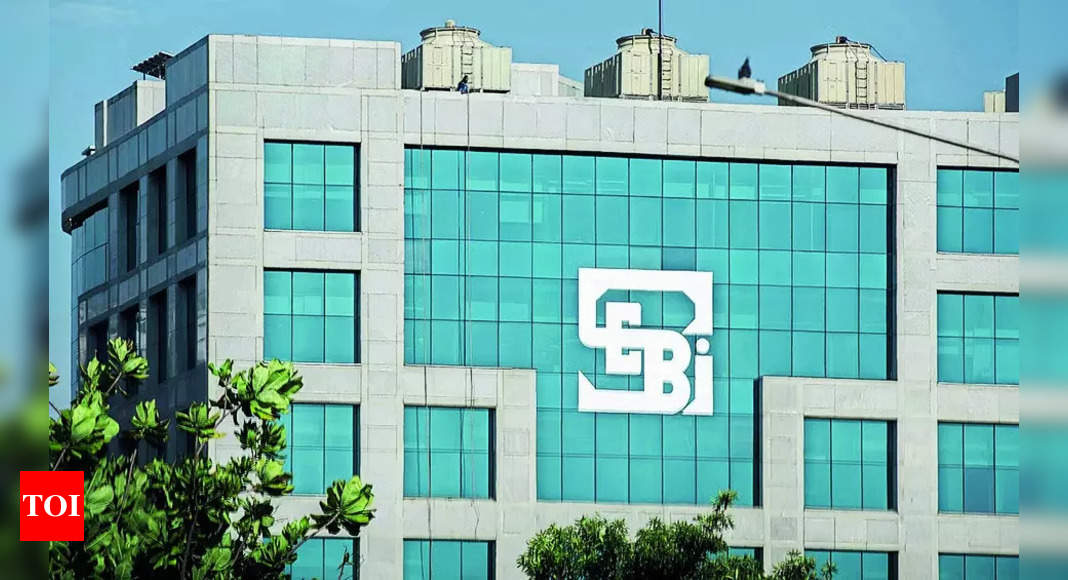
Moody’s Ratings on Thursday increased India’s GDP growth forecast for the 2024 and 2025 calendar years to 7.2% and 6.6%, respectively, citing strong broad-based growth as a key factor. The ratings agency noted that growth could exceed projections if private consumption gains additional traction.
Moody’s Ratings highlighted that the Indian economy currently benefits from a blend of solid growth and moderating inflation.This assessment was part of their August update for the Global Macro Outlook for 2024-25. According to Moody’s, “From a macroeconomic perspective, the Indian economy is in a sweet spot, with the mix of solid growth and moderating inflation.”
India’s GDP growth is projected to be 7.2% in 2024, a significant rise from the previous estimate of 6.8%. For 2025, Moody’s updated the projection to 6.6%, up from the earlier forecast of 6.4%. Moody’s stated, “We have raised our real GDP growth projections for the Indian economy for 2024 and 2025…These forecast changes assume strong broad-based growth.”
The Indian economy showed a year-over-year expansion of 7.8% in the first quarter of 2024, despite the challenges posed by tight monetary policies and ongoing efforts toward fiscal consolidation. Moody’s pointed out that signs of a revival in rural demand are emerging, bolstered by improving agricultural output prospects due to above-normal rainfall during the monsoon season.
Bank and non-financial corporate balance sheets are in a much healthier state compared to pre-pandemic levels. Companies are also increasingly turning to equity and bond markets to raise capital. Additionally, a recent paper by the RBI forecasts a 54% surge in private capital expenditure for the current financial year.
Moody’s said, “The capex cycle should continue to gain steam amid rising capacity utilisation, upbeat business sentiment and the government’s continued thrust on infrastructure spending.”
Supporting these growth dynamics is the rapid and widespread digitalisation of the economy. This is driven by government investments in digital public infrastructure, increased telecom and internet penetration, and low data usage costs.
India’s external position has also improved in recent years, with a significant reduction in the current account deficit. The quarter ending in March 2024 even registered a modest surplus, the first in 10 quarters, mainly due to robust service exports and strong remittance inflows.
Additionally, India’s ample foreign exchange reserves accumulated over the past decade provide the Reserve Bank of India (RBI) with the capacity to intervene in forex markets to dampen rupee volatility during crises. Moody’s noted, “Over the medium- and longer-term, India’s growth prospects depend on how well the country can productively tap its substantial pool of labour… Nevertheless, 6-7 per cent growth should be possible for the economy sheerly on the basis of present conditions.”
India’s population has a median age of 28 years, with about two-thirds in the working age group. While employment generation and skill development remain government priorities, the extent to which India can benefit from its demographic dividend will hinge on the effectiveness of these policies.
Moody’s Ratings highlighted that the Indian economy currently benefits from a blend of solid growth and moderating inflation.This assessment was part of their August update for the Global Macro Outlook for 2024-25. According to Moody’s, “From a macroeconomic perspective, the Indian economy is in a sweet spot, with the mix of solid growth and moderating inflation.”
India’s GDP growth is projected to be 7.2% in 2024, a significant rise from the previous estimate of 6.8%. For 2025, Moody’s updated the projection to 6.6%, up from the earlier forecast of 6.4%. Moody’s stated, “We have raised our real GDP growth projections for the Indian economy for 2024 and 2025…These forecast changes assume strong broad-based growth.”
The Indian economy showed a year-over-year expansion of 7.8% in the first quarter of 2024, despite the challenges posed by tight monetary policies and ongoing efforts toward fiscal consolidation. Moody’s pointed out that signs of a revival in rural demand are emerging, bolstered by improving agricultural output prospects due to above-normal rainfall during the monsoon season.
Bank and non-financial corporate balance sheets are in a much healthier state compared to pre-pandemic levels. Companies are also increasingly turning to equity and bond markets to raise capital. Additionally, a recent paper by the RBI forecasts a 54% surge in private capital expenditure for the current financial year.
Moody’s said, “The capex cycle should continue to gain steam amid rising capacity utilisation, upbeat business sentiment and the government’s continued thrust on infrastructure spending.”
Supporting these growth dynamics is the rapid and widespread digitalisation of the economy. This is driven by government investments in digital public infrastructure, increased telecom and internet penetration, and low data usage costs.
India’s external position has also improved in recent years, with a significant reduction in the current account deficit. The quarter ending in March 2024 even registered a modest surplus, the first in 10 quarters, mainly due to robust service exports and strong remittance inflows.
Additionally, India’s ample foreign exchange reserves accumulated over the past decade provide the Reserve Bank of India (RBI) with the capacity to intervene in forex markets to dampen rupee volatility during crises. Moody’s noted, “Over the medium- and longer-term, India’s growth prospects depend on how well the country can productively tap its substantial pool of labour… Nevertheless, 6-7 per cent growth should be possible for the economy sheerly on the basis of present conditions.”
India’s population has a median age of 28 years, with about two-thirds in the working age group. While employment generation and skill development remain government priorities, the extent to which India can benefit from its demographic dividend will hinge on the effectiveness of these policies.








